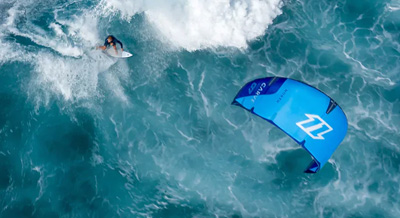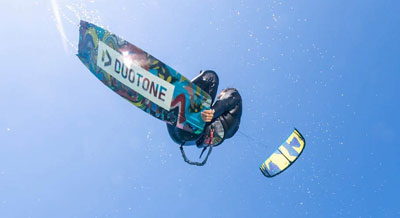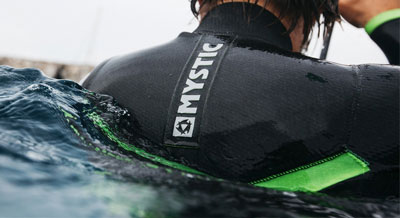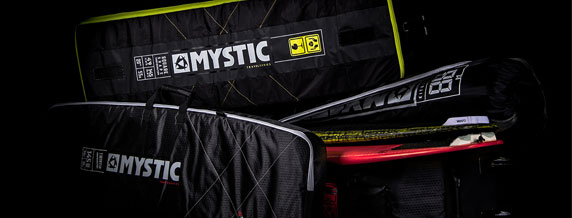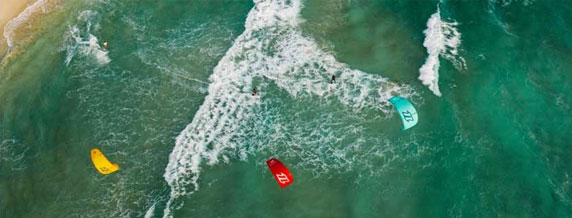- Home
- Blogs
15.04.2020
New ISO Safety Standard for Quick Release Systems
It´s the most crucial and central piece of equipment, when it comes to our safety: the quick release system! Now, the Global Kitesports Association has recently announced the release of the new global safety standard for quick release systems called ISO Standard 21853. This standard succeeds the French national standard AFNOR and defines that your QR should release at a maximal pressure of 170N within and within 2 seconds including many other criteria. The release of ISO 21853 marks the successful finalization of a multi-year project that brings a lot of advantages for kiters, kite schools and brands. That’s why we want to take a deeper dive into that topic and explain you what this new safety standard ISO 21853 is all about and what does this all mean for you!
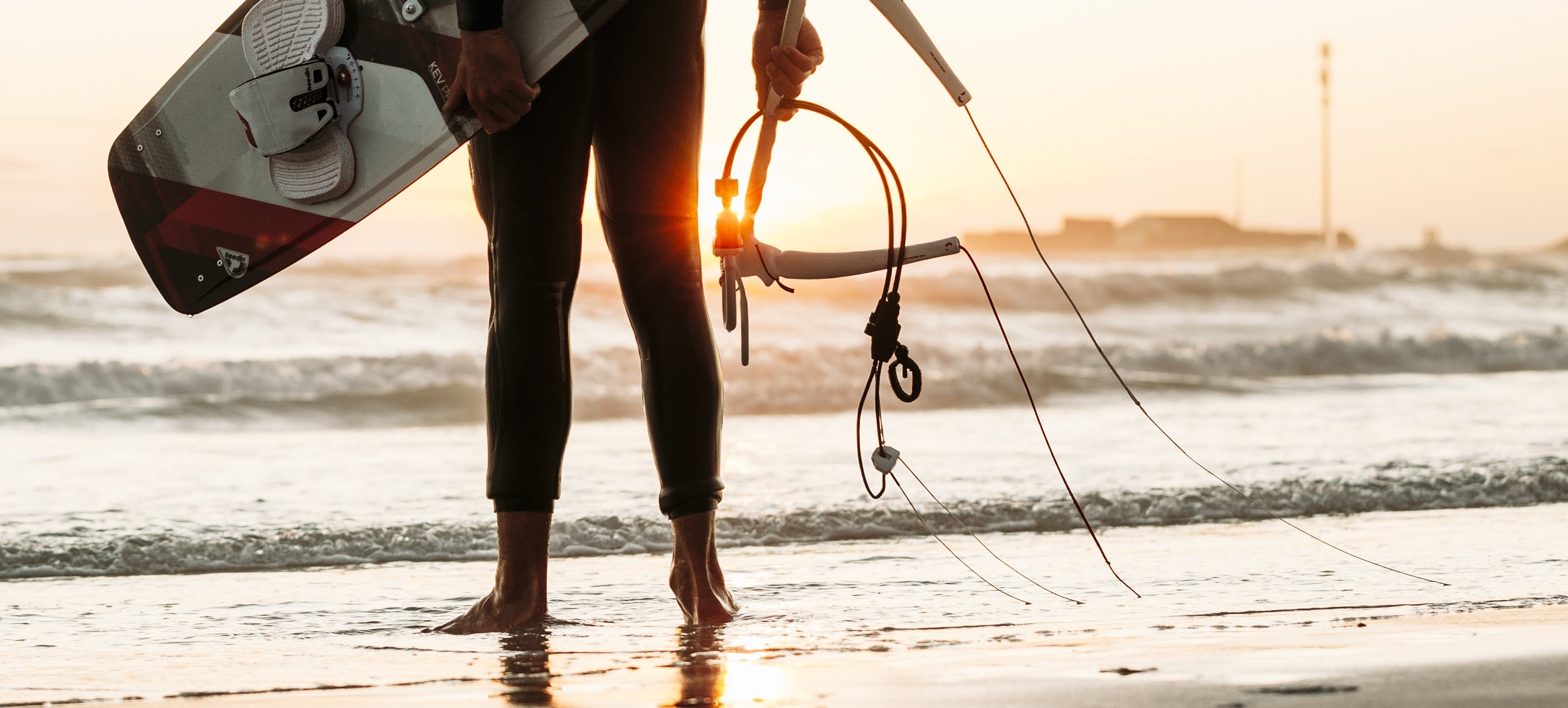
ISO 21853 – Global Standard of Safety in Kiteboarding
Here in our factsheet, you can find all the details what this new safety standard entails:The ISO Standard 21853 for Quick Release systems…
> water with and without sand
> dry and clean conditions
> dry sand
> cold and wet conditions
> standardized testing units
> standardized testing procedures
> percentage of signal color
> strength of material
> Fraunhofer Institute in Rostock/Germany
> Camosun Institute in Victoria/Canada
Those two institutes are qualified to issue an official certificate stating the conformity of a product with the ISO standard 21853.
Important information for all kiters and brands
Embossing the number ISO 21853 on a part of the QR system is a mandatory requirement of the standard. However, because products have already been manufactured for the upcoming season and brands were not allowed to put this number on the QR system prior to the effective date of the standard, February 14th 2020, they are not able to call their QR system ISO 21853 certified, even if the QR system fulfills all technical requirements (QR system opens at the required maximum release force in the obligatory maximum amount of time).Brands who hand in an official, independent technical approval stating that all requirements of ISO 21853 are fulfilled except the embossed number will be listed on this page and are allowed to label their products with the official Global Kitesports Association ISO label.
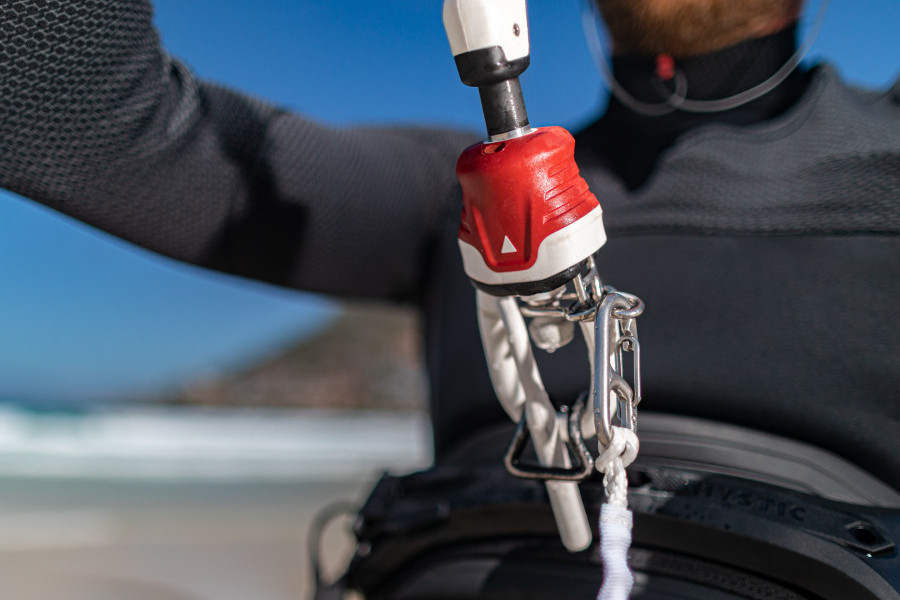
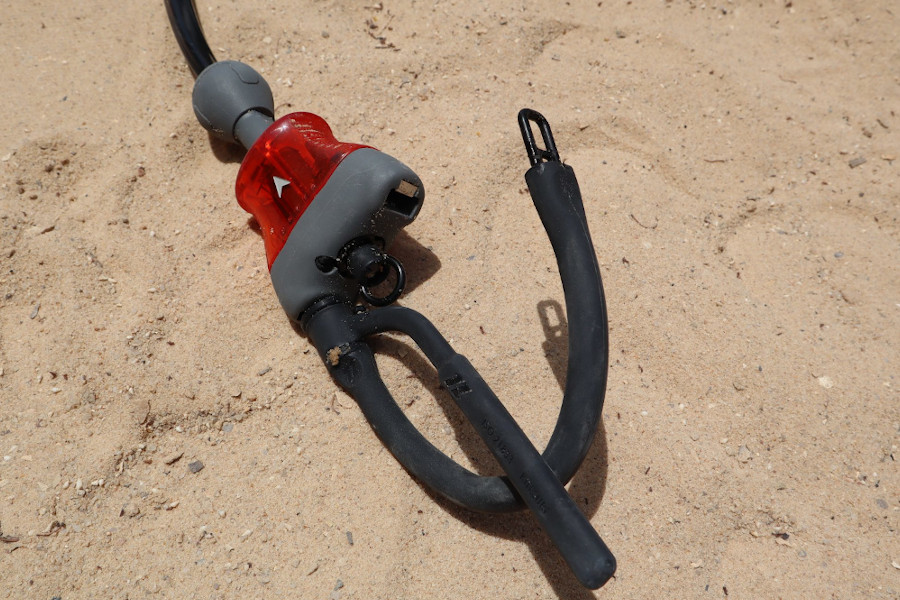
The road to develop a safety standard for the whole kitesurf world!
You might have guessed already that developing a worldwide applicable standard is quite an effort and takes a lot of time? Correct! This project was originally initiated in 2014, when several kite schools hit a certain problem and took it to the Global Kitesports Association. Those kite schools wanted to get insurance cover, so that their customers, themselves and third parties would be protected. However, the insurance companies needed some form of securities. For financial institutions, that means rules, standards and handbooks and that’s where the problem lies: the major piece of safety in our sport was not standardized, so no one could tell, how safe it is. Developing a safety standard was therefore crucial and also a very important step for all kiters and brands.Therefore, the GKA came together with ISO, product developers from participating brands and engineering institutes to develop and define one unifying standard. You can imagine how much work it was with so many parties involved to precisely define all those complex criteria. Now, that the standard has been released, it is also necessary to test the available Quick Release systems. To be able to test and certify all QRs, two identical testing machines were built, one is located in Northern Germany and one on Victoria Island in Canada. The testing protocol explains very precisely how often the QR has to be ejected, but also how long it has to be dipped into sand and even what kind of sand is rubbed into the QR, as sand from beaches in Brazil is different from the ones in Germany. Also temperature is important and so forth... sounds a bit over the top? No, because like this, you can be sure, that an ISO certified Quick Release works exactly the way you expect it to do.
You are still a bit confused, unsure what to buy or want to know more?
We have collected and answered some of the questions we received regarding the ISO safety standard. If you are missing something, just let us know.From now on, the major players and smaller brands will get their QRs tested and eventually certified by the ISO. That means, if you use an ISO certified QR, you can be sure that no matter what control system you are using, the safety system works the way you know it. The ISO certification will be imprinted on the chicken loop, so its easily recognizable for everyone.
As the standard just came into force in February 2020 there are only a few QR systems certified yet. At this time of the year, many brands are already producing the gear for the next season, so they could not imprint the ISO standard on the chicken loop anymore. That means many control systems are already tested and compliant, but not yet officially certified. You can find a list of all tested and compliant control on the GKA Website.
No, there is no reason to wait... The brands were also part of this process, so they knew about this new standard already a while ago. So, chances are high your control system was already designed to match the ISO criteria, but is not yet officially certified. You can find a list of all tested and compliant control on the GKA Website.
No, brands will still develop and use their own Quick Release systems. Due to the standardization, they will however perform and look more similar.
Many of us have been in that unfortunate situation, when we had to use the quick release and eject our kite. Maybe a line got wrapped around the wing tip after a crash, you dropped your kite into the shore break or you just got scared when an unexpected gust hit you? We have all been there! Therefore, we need to be able to rely on this central piece of our equipment providing us safety! But what does safety exactly mean? So, how should a quick release work? When should it eject? How should it look? To be able to intuitively do what´s necessary in a state of emergency, it´s great if you don´t only know how your own quick release works, but can also eject your friends kite that you just borrowed or any other kite at the spot. Therefore, a unifying standard is the key to a safer experience on the water for everyone.
Added to basket
| Subtotal | $ 0,00 |
| Shipping costs US | $ 69,95 |
| Total Total(excl VAT) | $ 69,95 |
You have no product(s) in you basket.
Weet je niet waar je moet beginner?
Contact our customer service for advice

